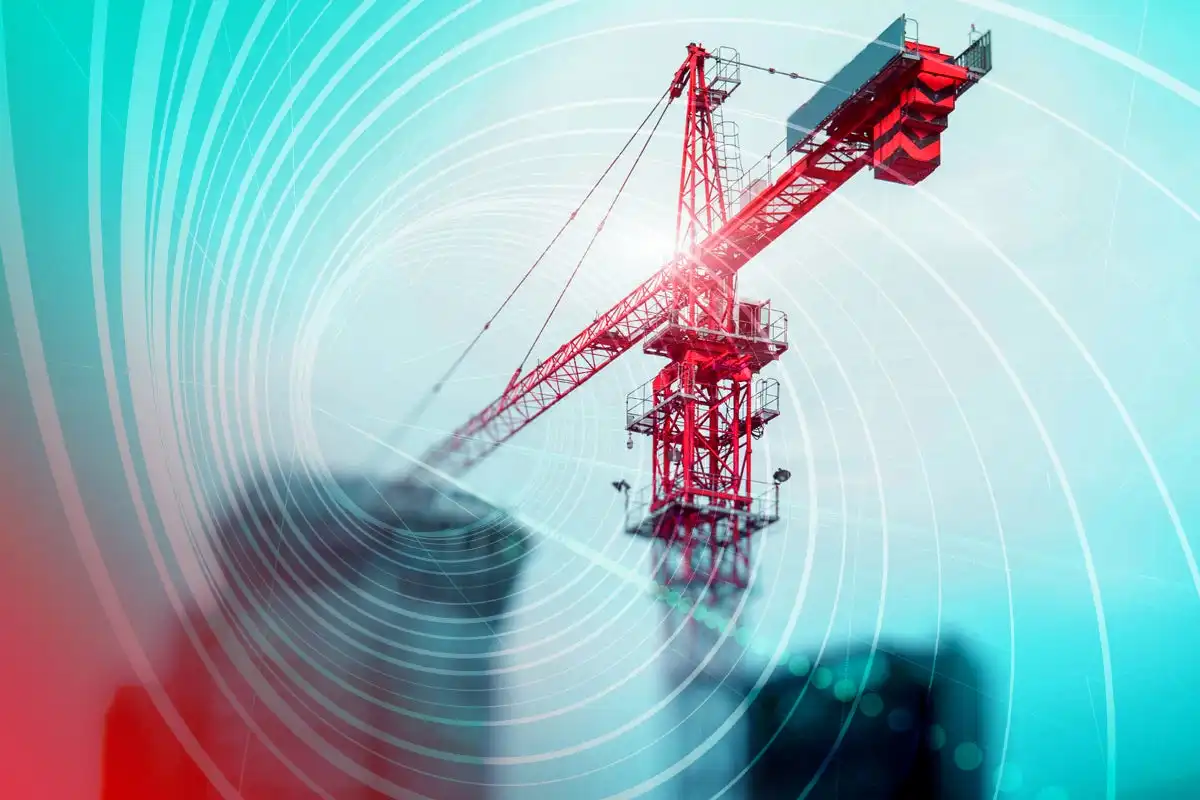The Future of Infrastructure Development: Trends and Technologies to Watch
Infrastructure development has always played a critical role in shaping the growth and progress of nations. Roads, bridges, airports, and other forms of infrastructure are essential for enabling trade, commerce, and movement of people. In recent years, the field of infrastructure development has seen significant advancements in technology and innovative solutions. In this blog post, we will explore some of the emerging trends and technologies that are shaping the future of infrastructure development.
- Smart Infrastructure
The concept of smart infrastructure involves using sensors, data, and technology to optimize the performance of infrastructure systems. Smart infrastructure can provide real-time monitoring and analysis of traffic flow, energy consumption, and other critical infrastructure parameters. This technology can help improve efficiency, reduce costs, and enhance the safety and reliability of infrastructure systems.
- 5G Networks
5G networks are the next generation of cellular networks that promise to deliver faster speeds, lower latency, and higher bandwidth than previous networks. This technology can enable new applications such as autonomous vehicles and remote healthcare, which require high-speed and reliable connectivity. 5G networks can also improve the performance of existing infrastructure systems such as traffic management and public safety.
- Autonomous Vehicles
Autonomous vehicles are self-driving cars, trucks, and buses that are equipped with sensors, cameras, and other technologies. These vehicles can navigate roads and highways without human intervention, which can improve safety, reduce traffic congestion, and lower transportation costs. Autonomous vehicles also have the potential to transform the design and construction of roads, as they require different infrastructure and design considerations.
- Green Infrastructure
Green infrastructure refers to the use of natural materials and systems to provide services traditionally provided by built infrastructure. This can include solutions such as green roofs, rain gardens, and urban forests. Green infrastructure can help mitigate the effects of climate change, improve air and water quality, and enhance the quality of life in urban areas.
- Digital Twin
A digital twin is a virtual replica of a physical asset, such as a bridge, building, or road. Digital twins can be used to simulate and test infrastructure designs and performance, reducing the risk of failures and optimizing the use of resources. Digital twins can also be used for predictive maintenance and real-time monitoring of infrastructure systems.
Infrastructure development is a dynamic and rapidly evolving field that plays a critical role in shaping the future of societies and economies. Emerging trends and technologies such as smart infrastructure, 5G networks, autonomous vehicles, green infrastructure, and digital twins are transforming the way infrastructure is designed, constructed, and operated. By leveraging these technologies, infrastructure developers and policymakers can build more resilient, efficient, and sustainable infrastructure systems that meet the needs of communities and enhance the quality of life for everyone.



